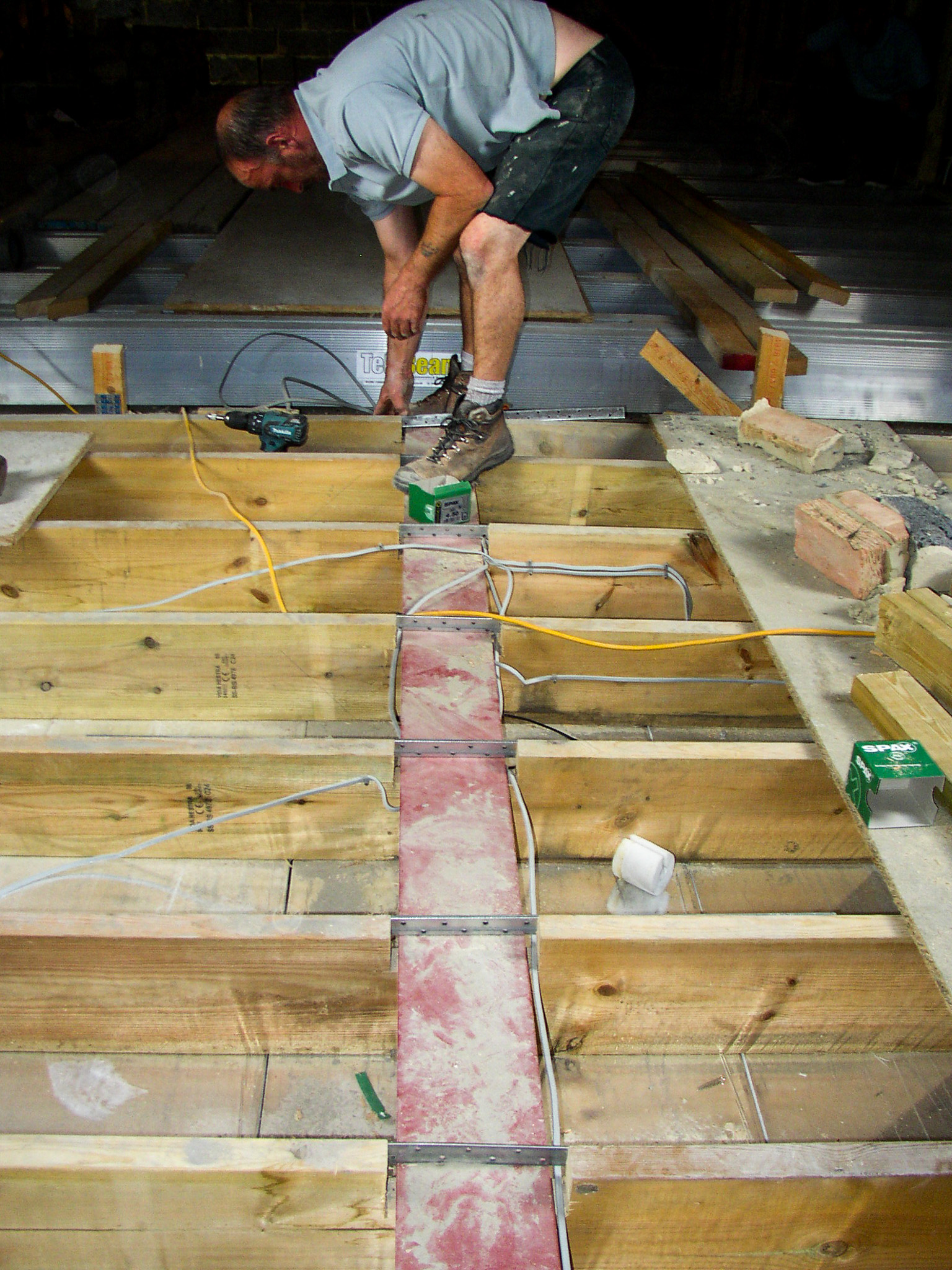4 ways to insulate your home
With the cost of energy bills taking a significant chunk of the household budget these days, insulating your home effectively can help cut your bills and increase the cosiness of your home. Here the HomeOwners Alliance explain the benefits of the different types of insulation.

Insulate your loft
Let’s start at the top as the saying goes, as 25% of heat escapes through the roof of an uninsulated home. Insulating your loft is one of the least disruptive ways to improve your home’s energy efficiency. It typically involves using rolls of mineral wool insulation, with the bottom layer laid between the joists and a further layer to cover the joists. Loft insulation needs to be quite thick, with most homes needing between 12cm and 30cm thickness of insulation.
Insulating your loft can save you as much as £380 a year in energy bills according to the Energy Savings Trust, but you will have to make an upfront investment.
Typically insulating your loft can cost between £400-600 depending on the size of your property.
Cavity wall insulation
If your home was built after 1920 it is more likely that you have cavity walls rather than solid walls. With cavity walls, two walls are built with a gap in between them known as a cavity wall and by injecting insulation material into this cavity, your home will inevitably retain more heat.
Typically the cost per square metre of cavity wall insulation can be anything from £13 for a simple glass wool material to £26 for polyurethane foam. And the labour costs will obviously vary depending on the number of walls, accessibility and the product used.
Solid wall insulation
If your home has solid walls rather than cavity walls which is likely if your home was built before 1920, then you can insulate these by fitting insulation boards to the walls inside your home. While it’s a great way to prevent heat escaping there are drawbacks, including a loss of floor space due to the thickness of the boards and the level of disruption. You’ll need access to the wall space, so fixtures such as radiators, plugs and skirting boards will need to be removed and replaced after the work is complete.
Plus it doesn’t come cheap. According to the Energy Saving Trust it is estimated the cost to install internal wall insulation in a typical three-bedroom semi-detached home would be around £8,200.
Floor insulation
With 10% of heat being lost through floors, insulating from the bottom up is another great way to create warmth. If you have solid concrete floors the insulation is placed on top before adding a floor covering above. If you have timber floors however, you’ll need insulation laid between the joists underneath which is typically a wool insulation material. You’ll also need to factor in the disruption and cost of lifting your carpets, floor coverings and furniture. Plus if it’s not replaceable you’ll need to budget for re-flooring or new carpets.
Different types of insulation material:
There are varying types of insulation you can use but the following are typical materials used:
- Mineral wool insulation
- Fibreglass insulation
- Rigid foam insulation
- Loosefill insulation
- Double reflective foil insulation
- Spray foam insulation - beware!
Why you should beware of spray foam insulation
Spray foam insulation is a chemical product that contains two materials which when combined, expand up to 30-60 times its liquid volume, filling every gap, so it’s very effective at providing extra warmth. But recently the popularity has waned and many are looking to remove their spray foam insulation amid fears of rot, mortgage problems and issues with the resale of their property.
